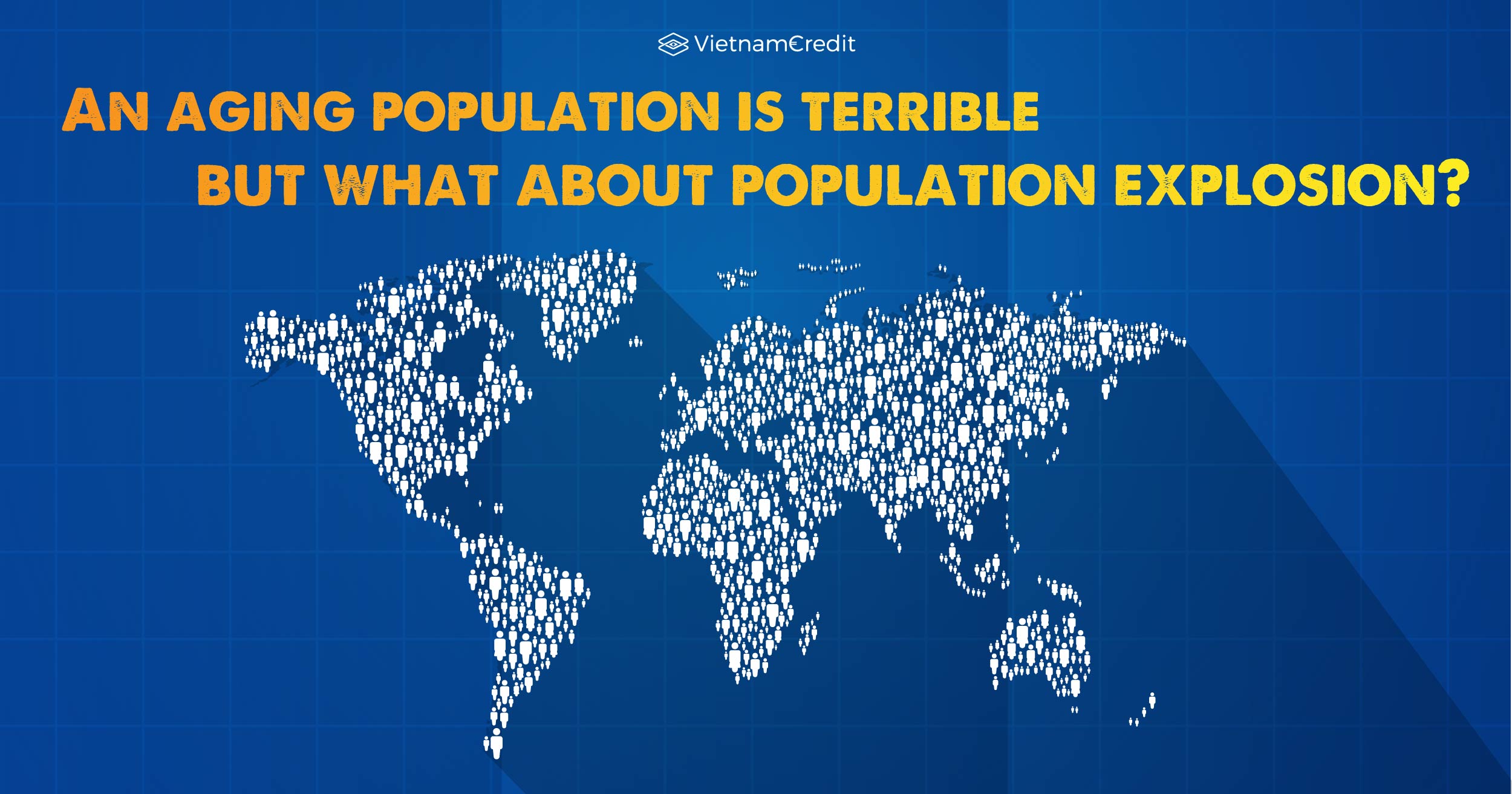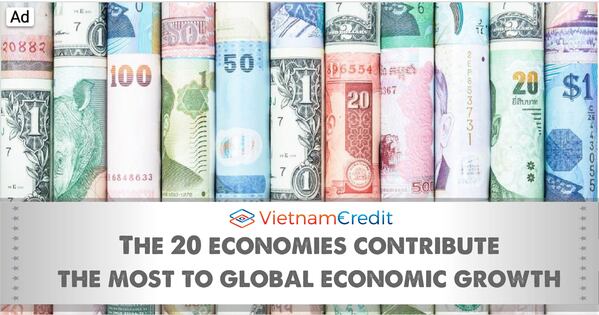Nowadays, it seems like people only think of the aging population as a threat. What about the threats posed by the population explosion?
On September 24-25, leaders around the world will meet at UN headquarters to review the progress of the 2030 Agenda as well as the 17 SDGs. These goals, which play a role of "ending poverty, protecting our planet and ensuring prosperity for all," summarize the global picture we wish to see by 2030.
The challenges that humanity faces today are mainly due to excessive consumption and population explosion. Policymakers often fail to combine these two issues to find a solution, and often ignore the second problem.
Human impacts on the global environment are influenced by population size and per capita consumption. The United Nations Intergovernmental Panel on Climate Change has ranked population growth and consumption growth as the two main causes of global warming.
Per capita consumption of resources and greenhouse gas pollution levels are recorded at the highest level in developed countries. Meanwhile, the population boom in developing countries is the cause of the shrinking of forest areas and affecting biodiversity.
When governments in the SDGs launched their goals by 2015, many experts were surprised by the fact that population growth reduction was not mentioned. Demographer Joseph Chamie had expressed concern at the United Nations indifference about this issue. Partha Dasgupta, an economist at Cambridge University, and his colleagues all agreed that the issue of population explosion should be more concerned with the public. Most recently, demographer Massimo Livi Bacci wrote: "The population problem has been deemed unrelated to the goal of sustainable growth, but the real evidence suggests otherwise."
From the 1960s to 2000, the world population doubled from 3 billion to 6 billion. This rapid increase contributed to the problems of environmental pollution of land, rivers, lakes, oceans, and overload in big cities. The demand for agricultural land and clean water accordingly also increased.
Despite major technological changes in agriculture, famine was still the cause of death for millions of people during these 40 years. In developing countries, the population explosion is pushing the poor to face greater risks of disease, pollution, storms, droughts ...
The current world population is about to reach 8 billion and is expected to increase to 11 billion by 2100. This increase could make the pollution problem more serious, the demand for food doubled under the difficult conditions (because of the increasingly erratic climate). As a result, more and more people will be affected by conflicts and famine.
As many researchers and policymakers view the rapid population growth as a must, many people around the world are aware of the problem and the risks it poses. In an organization's 2014 survey dealing with global issues, the majority of the 9,000 people surveyed in 9 different countries (mostly developed countries) looked at population growth as a potential threat to humanity.
However, a large increase in population in this century is entirely avoidable. The size of the population in 2100 can be influenced by the population programs of the government, the international community as well as by individual choices.
The process of reducing the population growth rate may not work in the short term, and it will not be feasible until 2030 either. But we can set the trend of the population to peak and reverse in every nation. This is not only feasible in developing countries but also in developed countries, where population decline and the benefits it provides have often been countered by fears of population aging.
Reproduction rights and family planning are mentioned in SDG 3 (health) and SDG 5 (gender equality). But neither of these goals explicitly addresses the issue of reducing population growth. All SDGs goals have no clear implication on this issue.
As a result, there is a high possibility that the world will not achieve the goals set out by the UN Agenda for Sustainable Development by 2030. Especially in countries that have long-term high birth rates. And by setting a new goal of controlling population growth, the world is still capable of accomplishing the Program.
>>> Population: Over 95 million people, ranked 15th in the list of most populated countries
Source: Trithutre, Translated by: Vietnam Credit























































